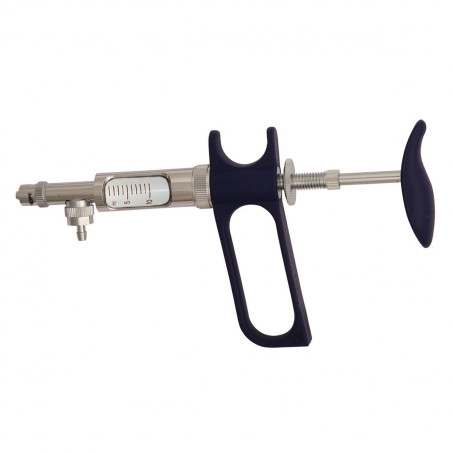Porcine reproductive and respiratory syndrome virus (PRRSv) causes substantial economic impact due to significant losses in productivity. Thus, measuring changes in farm productivity before and after PRRS infection enables quantifying the production and economic impact of outbreaks. This study assessed the application of exponentially weighted moving average (EWMA), a statistical process control method, on selected production data (number of abortions, pre-weaning mortality rate and prenatal losses) to supplement PRRS surveillance programs by detecting significant deviations on productivity in a production system with 55,000 sows in 14 breed-to-wean herds in Minnesota, U.S.A.
Weekly data from diagnostic monitoring program (available through the Morrison's Swine Health Monitoring Project) implemented on the same herds was used as reference for PRRS status. The time-to-detect, percentage of early detection of PRRSv-associated productivity deviations, and relative sensitivity and specificity of the production data monitoring system were determined relative to the MSHMP.

The time-to-detect deviations on productivity associated with PRRS outbreaks using the EWMA method was -4 to -1 weeks (interquartile range) for the number of abortions, 0-0 for preweaning mortality and -1 to 3 weeks for prenatal losses compared to the date it was reported in the MSHMP database. Overall, the models had high relative sensitivity (range 85.7-100%) and specificity (range 98.5%-99.6%) when comparing to the changes in PRRS status reported in the MSHMP database.
In summary, the use of systematic data monitoring showed a high concordance compared to the MSHMP-reported outbreaks indicating that on-farm staff and veterinary oversight were efficient to detect PRRSv, but can be more efficient if they were monitoring closely the frequency of abortions. The systematic monitoring of production indicators using EWMA offers opportunity to standardize and semi-automate the detection of deviations on productivity associated with PRRS infection, offering opportunity to early detect outbreaks and/or to quantify the production losses attributed to PRRS infection.
Silva GS, Schwartz M, Morrison RB, Linhares DCL; Monitoring breeding herd production data to detect PRRSV outbreaks; Prev Vet Med. 2017 Dec 1;148:89-93. doi: 10.1016/j.prevetmed.2017.10.012.






